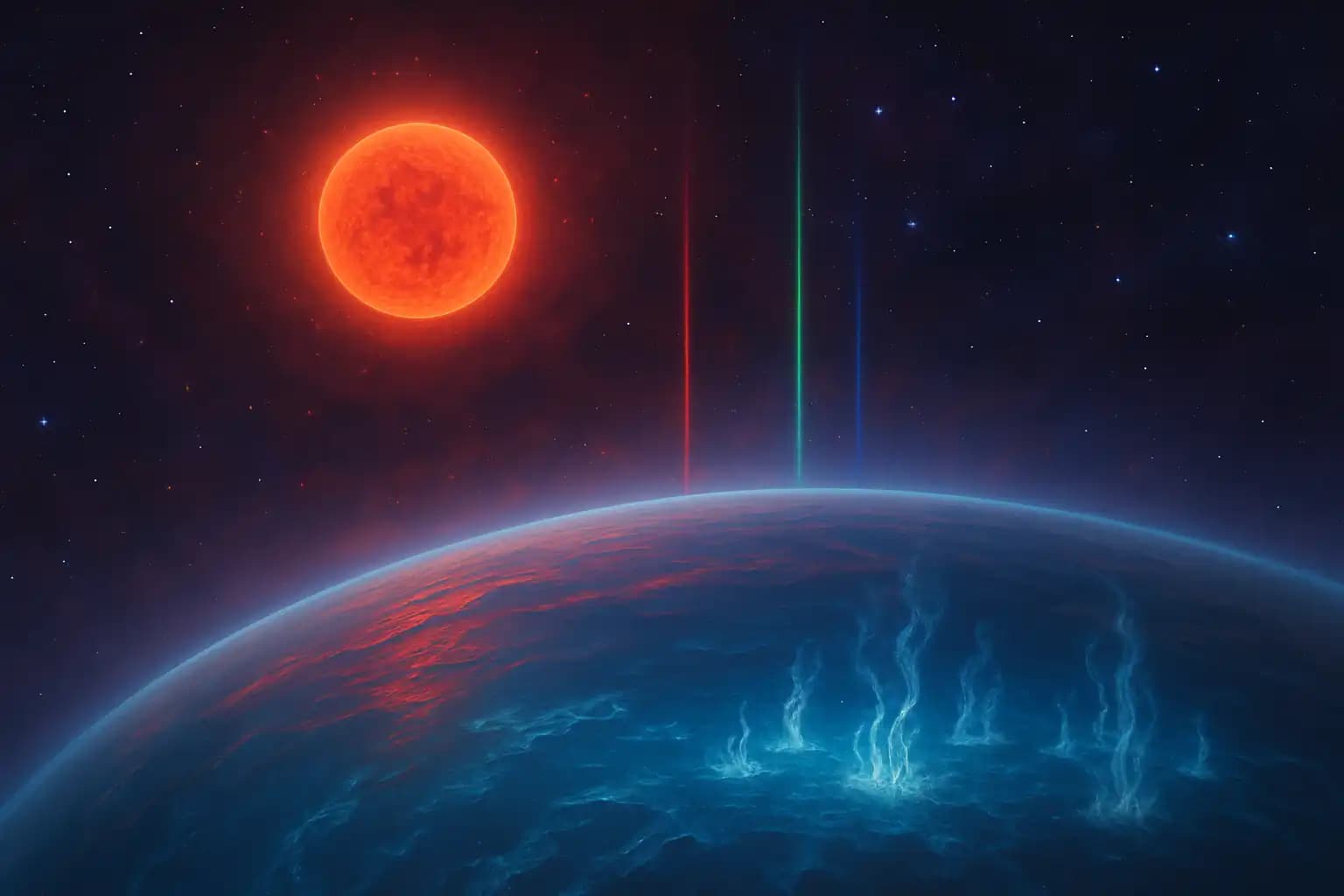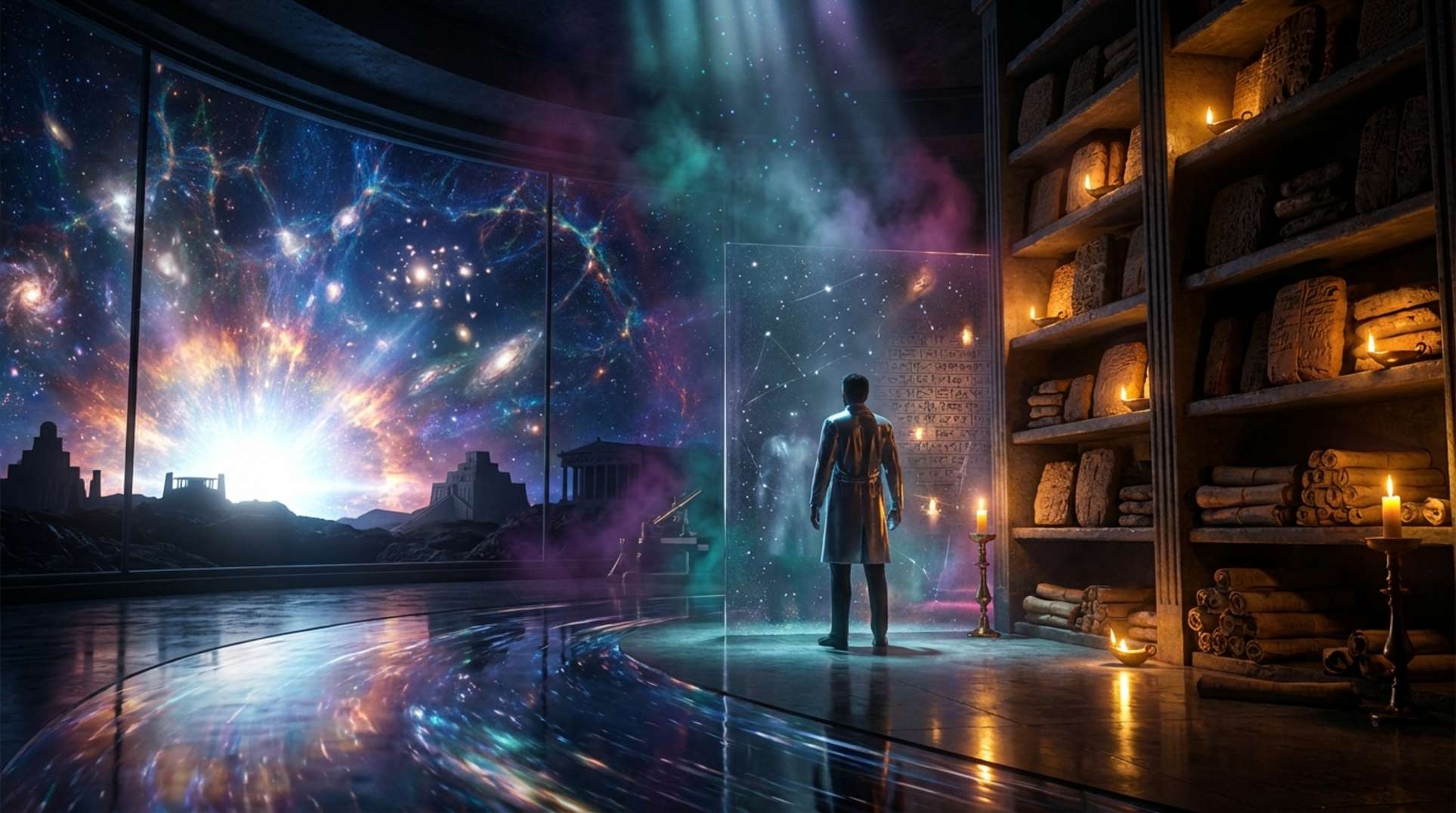In September 2023, the astronomical world jolted with news that could alter our cosmic perspective: spectral analysis of the distant exoplanet K2-18b revealed possible traces of dimethyl sulfide (DMS), an organic molecule primarily produced by life on Earth. As the James Webb Space Telescope transmitted these findings, the conversation shifted from speculation to scientific uproar. Is this the strongest evidence of alien life, or merely a case of cosmic misidentification?
This breakthrough, from a watery world 124 light-years away, is more than just another headline. It raises civilization-wide existential questions — and, inevitably, concerns for those who know every paradigm shift presents disruptive consequences. As observers draw parallels with our own planetary anomalies (like these), the K2-18b case adds urgency to astrobiology and strategies for interpreting unfamiliar signals from light-years away.
Dimethyl Sulfide: The Signature of Life (or Just Chemistry?)
K2-18b is no ordinary world: Scientists suspect it’s a ‘Hycean’ planet, enveloped in hydrogen, with oceans that could support life as we don’t know it. When preliminary reports from BBC Sky at Night emerged, the key chemical was dimethyl sulfide, a compound produced abundantly by oceanic phytoplankton on Earth. That scent of the sea? It’s DMS (learn more here).
This detection came through sophisticated spectroscopy — parsing the starlight passing through K2-18b’s atmosphere during its transit across its red dwarf star. The results indicated not only water vapor and methane, but also a chemical fingerprint for DMS, a potential biosignature. DMS on Earth is nearly exclusively linked to living processes, raising hopes. However, skeptics argue that rare non-biological pathways exist (including volcanic or industrial emissions—see research from NASA’s Webb project at NASA’s official update).
K2-18b: A Distant Ocean World that Defies Expectation
Astrobiologists aren’t the only ones buzzing. The planet K2-18b appears to possess an alien weather system as intricate as our own, as recent analysis in Space.com explains. With a mass 8.6 times greater than Earth and a size similar to Neptune, it is neither a true rocky planet nor a familiar gas giant. Yet, its location in the habitable zone, alongside a hydrogen-rich, possibly watery surface, fits almost every criterion for a ‘best place to look.’
The discovery challenges previous notions about where life can exist. Worlds once dismissed as improbable — too large, too cold, too different — may actually be prime candidates for discovering life. No wonder discussions about cosmic risks and existential recalibration, explored in in-depth survival reports or even sociopolitical cycle analyses, feel increasingly relevant.
Scientific Debate: The Fight Over Alien Biosignatures
Not so fast, say the realists: As discussed in this NPR deep-dive, excitement and skepticism surround the DMS detection. Scientists caution that until all plausible non-living sources are ruled out — a challenging task in worlds we can’t visit yet — this is merely an “intriguing hint,” not definitive evidence of extraterrestrial life. Independent teams, analyzing spectra from K2-18b, continue to find water, methane, and carbon dioxide, though the DMS signal remains tantalizing and elusive.
This isn’t the first time science has navigated the delicate balance between proof and wishful thinking. Similar to theories of unexplained phenomena or anomalies, which are probed with both rigor and speculation in outlets like Earth-shaking anomaly reports and tales of interstellar visitors, the DMS debate pits dreamers against skeptics in a field where one false positive could disrupt everything.
Paradigm Shifts and Consequences: What If the Signal Holds?
Let’s hypothesize that the biosignature signal persists. Overnight, the definition of “alien life” would shift from rarefied conjecture to urgent reality, igniting debates across scientific, philosophical, and—yes—doomsday circles everywhere. If life’s signature can traverse stars, so can cosmic threats, existential queries, and an entire genre of “we’re not alone” narratives, expertly scrutinized at Unexplained.co.
For now, however, science advances with its usual blend of caution and optimism. Further observations are already planned for confirmatory evidence. Whether we’re truly observing life in spectral shadows or simply peering into the vast unknown, one thing is certain: the quest for extraterrestrial neighbors remains a central narrative in the delicate fabric of modern humanity.




